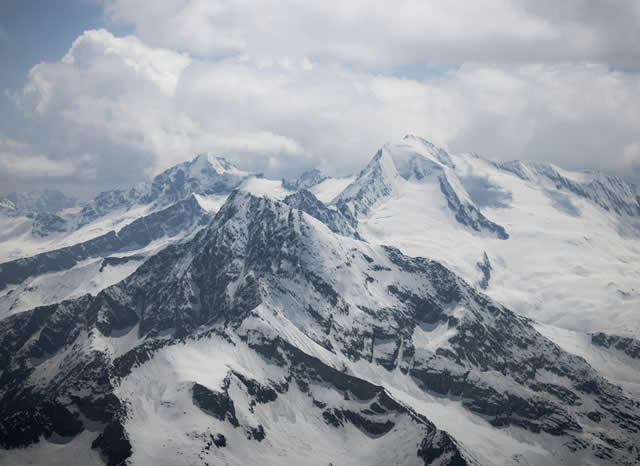
AUSTRIA - The Frozen 5,000-Year-Old Man
Some 5,000 years ago, a tattooed man in his 40s, with brown eyes and thinning black hair, climbed a steep mountain in the Ötztal Alps, on the border between what is now Italy and Austria, to a mountain ridge more than 3,000m (9,800ft) above sea level. He was wearing a striped goat-fur coat, a bear-fur cap, and sturdy shoes with bear-leather soles, and he seemed to be in a rush. Although he was genetically predisposed to obesity, his active lifestyle had generally kept him fit and muscular. He had some health issues—stomach problems, knee issues—but that did not stop him. Nor did his extraordinary amount of gear, some incomplete, as if packed in a hurry: unfinished bow and arrows, a precious copper axe, medicinal mushrooms, and even two portable stoves made from birch bark.
Elsewhere in the Alps, other bodies and belongings were also frozen in the ice for centuries, or even millennia. But a few decades ago, they began to emerge. Glaciers retreating at an ever-faster pace revealed the eerie, sometimes grisly remains, giving rise to a new scientific field: glacial archaeology, the study of ancient finds from melting glaciers. They present a surprisingly detailed and unexpectedly long timeline of adventure, innovation and danger in the high mountains.
Perhaps surprisingly, the discoveries also suggest that our most popular Alpine travel routes didn’t change much for thousands of years. In 2003, a then-record hot summer laid bare the vast hidden history of the Schnidejoch ridge in Switzerland, says Thomas Reitmaier, director of the archaeological service of the Canton of Grisons in Switzerland. “You have a continual line of objects stretching from 4800BC, through the Middle Ages, and up to the present day,” he says. “Whenever that pass was open, humans crossed it, and they lost things, or they died and left things behind.” It was only with the advent of roads, railroads and tunnels that these passes lost their crucial importance for getting us from one place to the other, he says.
-www.bbc.com, 3 December 2024
Arno's Commentary
The discovery of this frozen man shows there was human activity during those years. But that raises a question: Did the glaciers melt before that time, and what caused the meltdown of the glaciers? Definitely not global warming, which scientists today attribute to discharge of CO2, due to the Industrial Revolution.
If there were glaciers previous to the five millennia, they would have melted to allow human activity. Then, for unexplained reasons, that part of the world experienced extremely low temperatures; thus, developing glaciers. Today, it is reported that glaciers in many parts of planet earth are melting. There is nothing new under the sun!
When it comes to the weather patterns, God gives this statement through the prophet Amos: “And also I have withholden the rain from you, when there were yet three months to the harvest: and I caused it to rain upon one city, and caused it not to rain upon another city: one piece was rained upon, and the piece whereupon it rained not withered” (Amos 4:7).
We need not worry. An old American spiritual declares, “He’s got the whole world in His hands.” And Amos 3:6 gives the assurance: “Shall a trumpet be blown in the city, and the people not be afraid? shall there be evil in a city, and the LORD hath not done it?”



